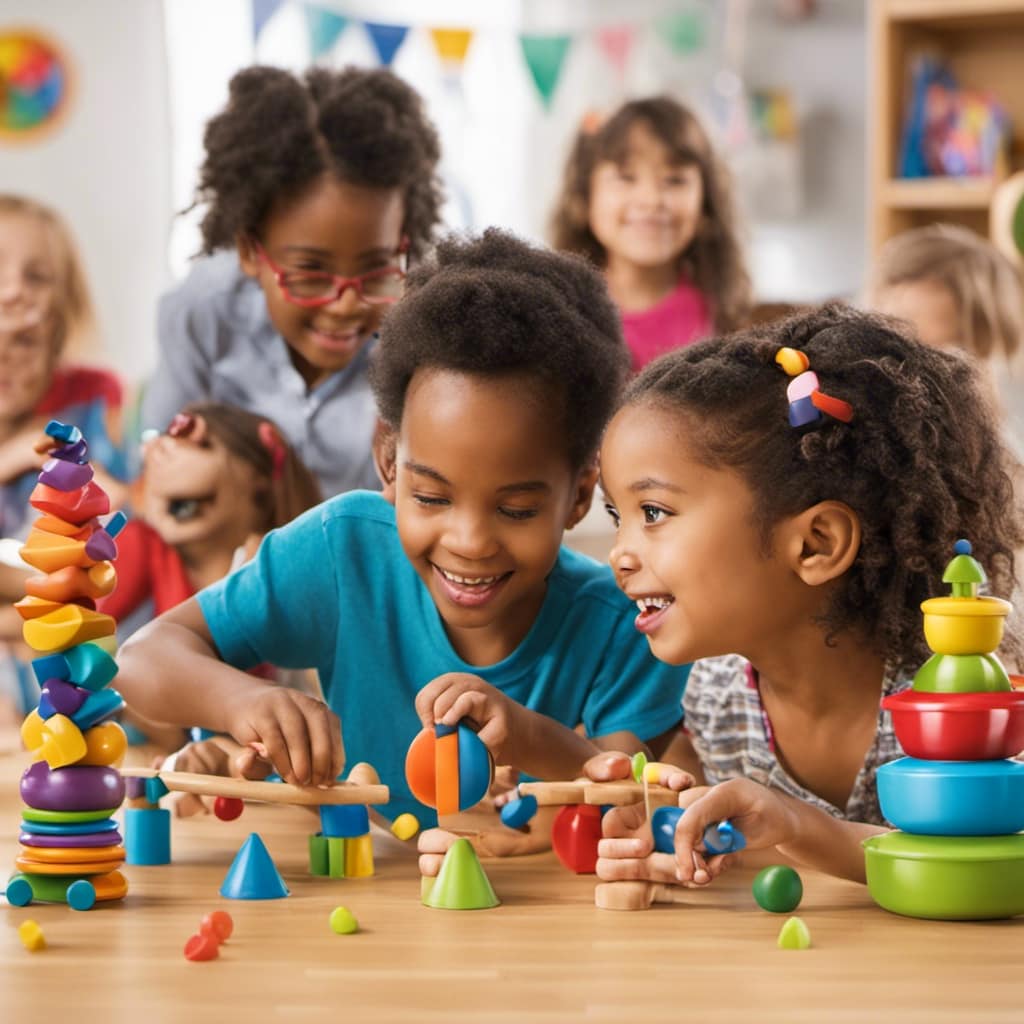As a person with a strong interest in child development, I am fascinated by the intricate process of how children grow and learn. Exploring the different stages of a child’s development, the significance of play, and the power of observation feels like embarking on a journey through a dynamic and ever-changing landscape.
By observing and recording children’s behavior, we can gain valuable insights into their needs, abilities, and potential. This article delves into the importance of child development stages, the benefits of play, and the role of observation in fostering optimal growth and development.
Key Takeaways
- Child development class covers stages and milestones of child development, emphasizing the importance of play and the need for observing and recording child behavior.
- Understanding child development involves learning about different theories and recognizing and supporting children’s needs and potential.
- Play in child development enhances cognitive, social, emotional, and physical skills, as well as language development.
- Observing and recording child behavior is crucial, using various techniques and data collection methods such as checklists, interviews, and observations to track progress and tailor teaching strategies.
The Importance of Child Development Stages
I understand the importance of child development stages and how they shape a child’s growth and development. Child development stages are crucial for understanding a child’s development journey and supporting their developmental milestones.
These stages, which include infancy, toddlerhood, preschool years, middle childhood, and adolescence, provide a framework for understanding the unique characteristics and developmental tasks that children go through.
By recognizing and supporting children’s needs, abilities, and potential at each stage, we can help them reach their full potential.
Supporting developmental milestones is essential in ensuring that children are meeting the physical, cognitive, social, and emotional aspects of their development.
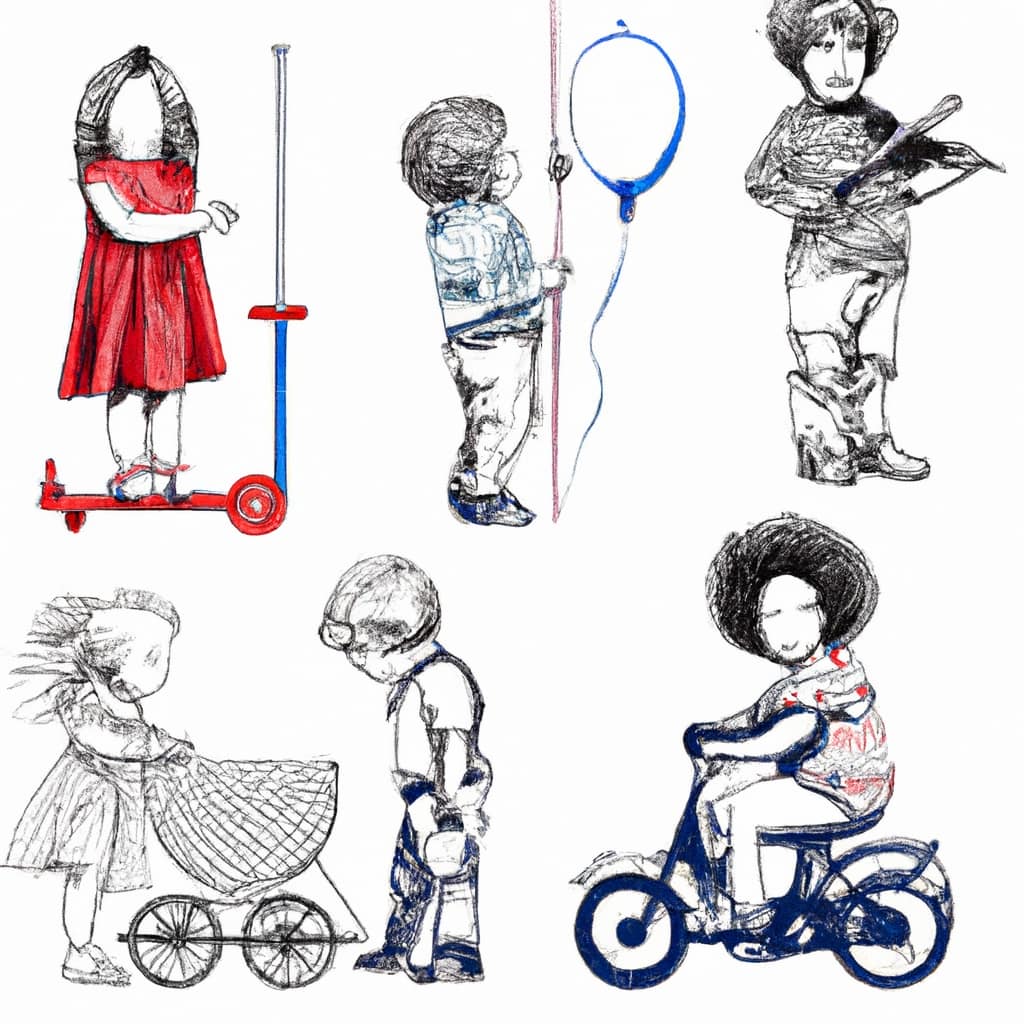
Enhancing Development Through Play
Engaging in play enhances cognitive, social, emotional, and physical development in children. Understanding play dynamics is essential to foster creativity and imagination in young minds.
Play allows children to explore their surroundings, experiment with new ideas, and problem-solve in a safe and enjoyable environment. Through play, children develop important cognitive skills such as memory, attention, and problem-solving abilities.
Socially, play encourages cooperation, communication, and empathy as children interact with their peers. Emotionally, play provides an outlet for self-expression, emotional regulation, and the development of resilience.
Furthermore, play promotes physical development by improving gross and fine motor skills, coordination, and strength. As educators and caregivers, it is crucial that we recognize the value of play in child development and provide opportunities for children to engage in meaningful play experiences that nurture their creativity and imagination.
The Power of Observation in Understanding Child Development
Observing children’s behavior provides valuable insights into their growth and helps tailor teaching strategies to meet their unique needs. As a caregiver, my role in observation is crucial in understanding child development and promoting early intervention. Here are four reasons why observation is powerful:
-
Early identification: By closely observing children, caregivers can identify any areas of concern or delays in development at an early stage. This allows for timely interventions and support.
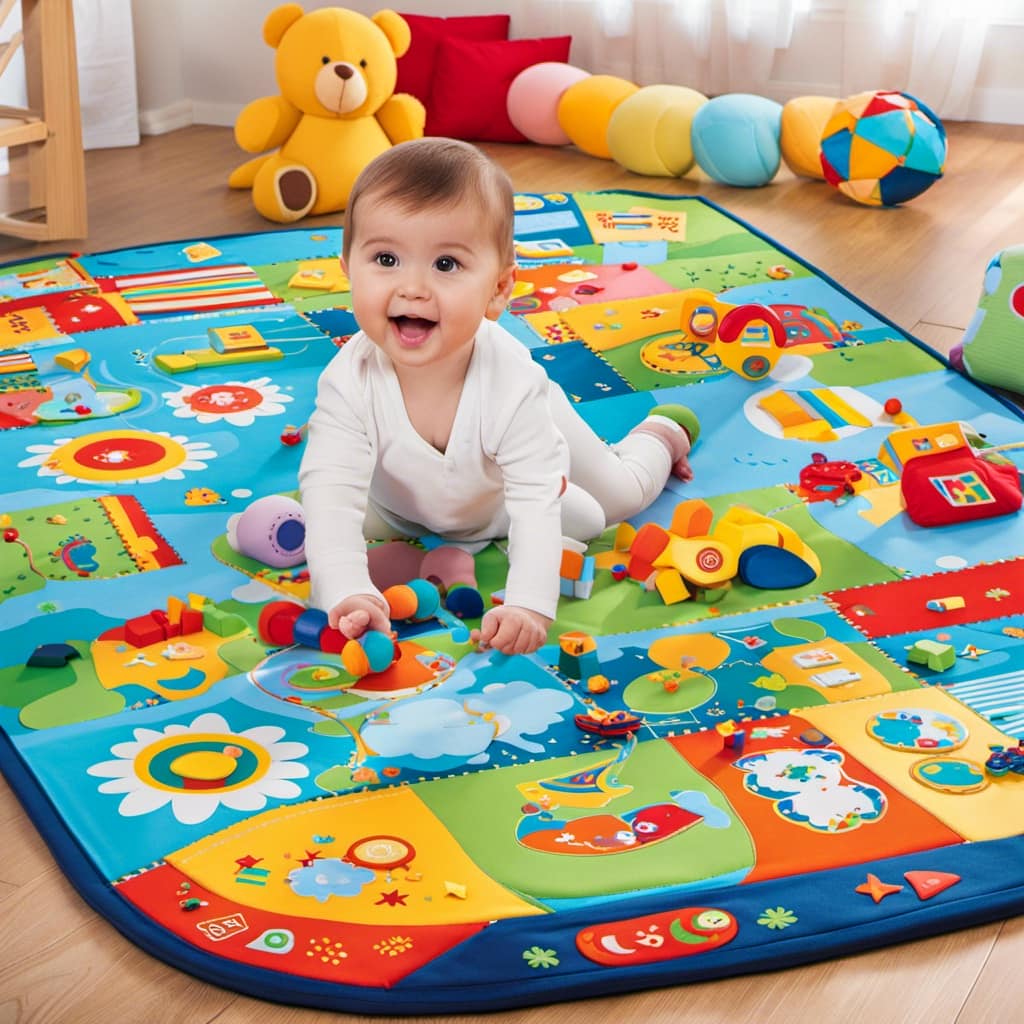
-
Individualized approach: Observation helps caregivers understand each child’s strengths, preferences, and abilities. This knowledge enables them to tailor teaching strategies and activities that best support the child’s growth and development.
-
Building relationships: Through observation, caregivers can foster strong relationships with children. By attentively observing their behaviors, caregivers can better understand their emotions, needs, and interests, creating a nurturing and supportive environment.
-
Progress monitoring: Regular observation and recording of child behavior allow caregivers to track progress over time. This data helps monitor developmental milestones and ensures appropriate interventions are implemented when necessary.
Observation plays a vital role in understanding child development and enhancing early intervention efforts. As caregivers, we have the power to make a profound impact on a child’s growth and well-being through careful observation and tailored interventions.
Exploring Different Data Collection Methods
Using various data collection methods, I gather accurate and comprehensive information about child behavior, preferences, and milestones. When it comes to observing and analyzing child behavior, there are different techniques that I employ. These techniques include direct observation and anecdotal records.
| Observation Techniques | Description |
|---|---|
| Direct Observation | This involves watching and recording the child’s behavior in real-time. It allows me to gather detailed information about their actions, interactions, and preferences. |
| Anecdotal Records | These are written descriptions of specific incidents or behaviors that I observe. They provide valuable insights into the child’s behavior patterns and can help identify areas of concern or areas where the child may need additional support. |
Analyzing child behavior is a crucial aspect of understanding their development. By using these observation techniques, I am able to gather data that helps me tailor my teaching strategies to meet the unique needs of each child. It also allows me to track their progress and identify any areas that may require further attention. Through these methods, I am able to provide a child-centered approach to education and ensure that every child receives the support and guidance they need to thrive.

Unveiling the Secrets of Child Development Theories
As an educator, I uncover the hidden insights of child development theories and utilize them to enhance my teaching strategies. Understanding child development theories is crucial for decoding growth patterns and providing effective support to children. Here are four key insights from these theories:
-
Developmental stages: Child development theories highlight the different stages of growth, from infancy to adolescence. Each stage has unique characteristics and developmental tasks that children need to accomplish.
-
Cognitive, social, and emotional aspects: These theories emphasize that child development encompasses various dimensions, including physical, cognitive, social, and emotional aspects. Recognizing and supporting children’s needs in each of these areas is essential.
-
Play as a catalyst: Child development theories highlight the importance of play in promoting cognitive, social, emotional, and physical development. Play provides a rich context for children to learn, explore, and develop essential skills.
-
Individual differences: Child development theories acknowledge that each child is unique and follows their own growth trajectory. By uncovering these theories, I can better understand and decode the individual growth patterns of the children in my care.
Understanding the Unique Characteristics of Each Developmental Stage
While examining child development theories, I gain valuable insights into the distinct characteristics of each developmental stage.
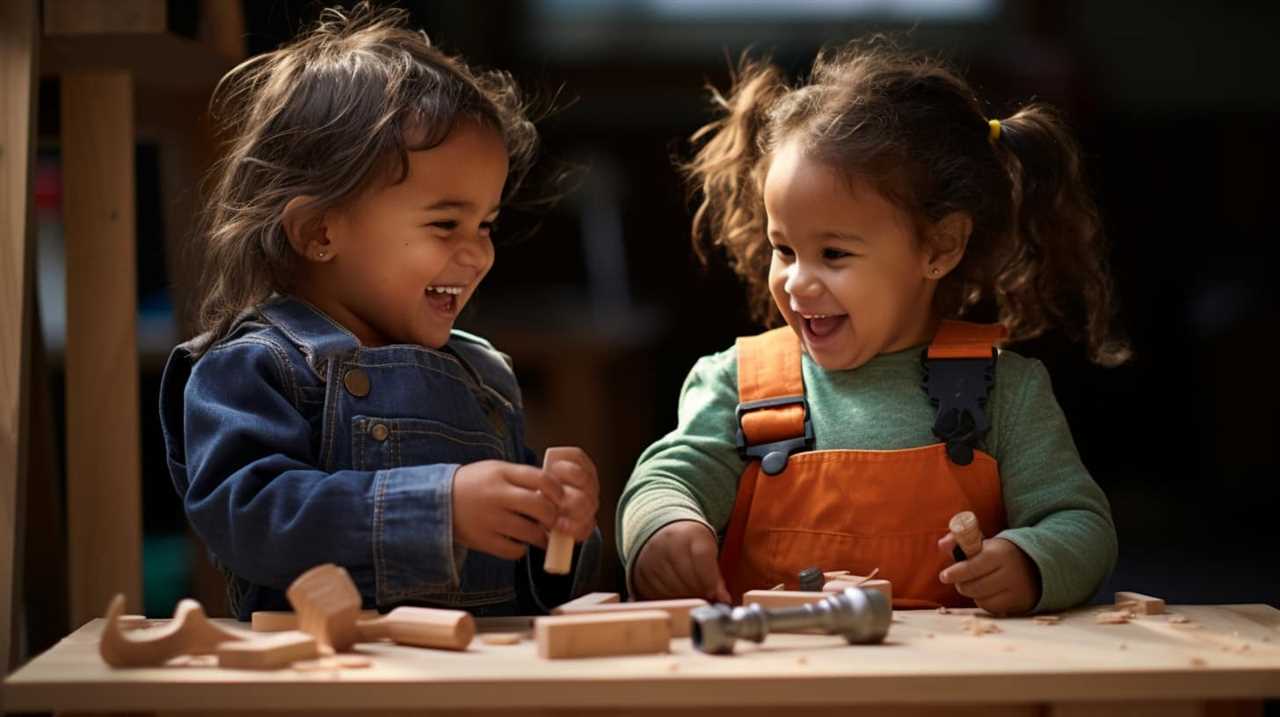
Understanding the unique characteristics of each stage is essential in supporting children’s growth and development.
Developmental tasks are specific skills and abilities that children are expected to achieve at each stage. For example, in infancy, the developmental task is to develop trust and attachment.
As children progress through toddlerhood, preschool years, middle childhood, and adolescence, their cognitive abilities expand, allowing them to think more abstractly, solve complex problems, and develop critical thinking skills.
Cognitive abilities play a crucial role in shaping a child’s understanding of the world, their ability to learn, and their overall intellectual growth.
Nurturing Developmental Milestones in Children
I actively support children’s growth and development by fostering their achievement of developmental milestones at each stage. Here are four ways I nurture these milestones and support their potential:
-
Providing a safe and stimulating environment: I create an environment that encourages exploration and learning. By offering age-appropriate toys, activities, and materials, I help children develop their physical, cognitive, and social skills.

-
Encouraging positive relationships and interactions: I promote healthy relationships among children and with adults. By modeling positive behavior and facilitating social interactions, I help children develop their emotional intelligence and communication skills.
-
Tailoring activities to individual needs: I understand that each child is unique and may develop at their own pace. By adapting activities to their abilities and interests, I ensure that they are challenged and motivated to reach their full potential.
-
Celebrating achievements and providing guidance: I acknowledge and celebrate each child’s milestones and accomplishments. By offering praise and constructive feedback, I encourage their continued growth and provide guidance for their future development.
The Multifaceted Benefits of Play in Child Development
Creating a stimulating environment that encourages exploration and learning fosters the multifaceted benefits of play in a child’s development.
Play is not just a leisure activity; it plays a crucial role in cognitive and social-emotional development.
When children engage in play, they are actively using their brains to problem solve, think critically, and develop important cognitive skills.

Play also provides opportunities for children to interact with others, practice social skills, and develop empathy.
Through play, children learn to express their emotions, regulate their behavior, and develop healthy relationships with their peers.
Furthermore, play helps children develop physical skills, such as fine and gross motor skills.
Overall, play is a fundamental aspect of child development, supporting cognitive, social-emotional, and physical growth.
Utilizing Observation Data to Tailor Teaching Strategies
Analyzing observation data allows me to customize my teaching strategies to meet the unique needs of each child.
This process involves carefully observing and recording the behavior of each child in my classroom. By doing so, I gain valuable insights into their preferences, abilities, and interactions.
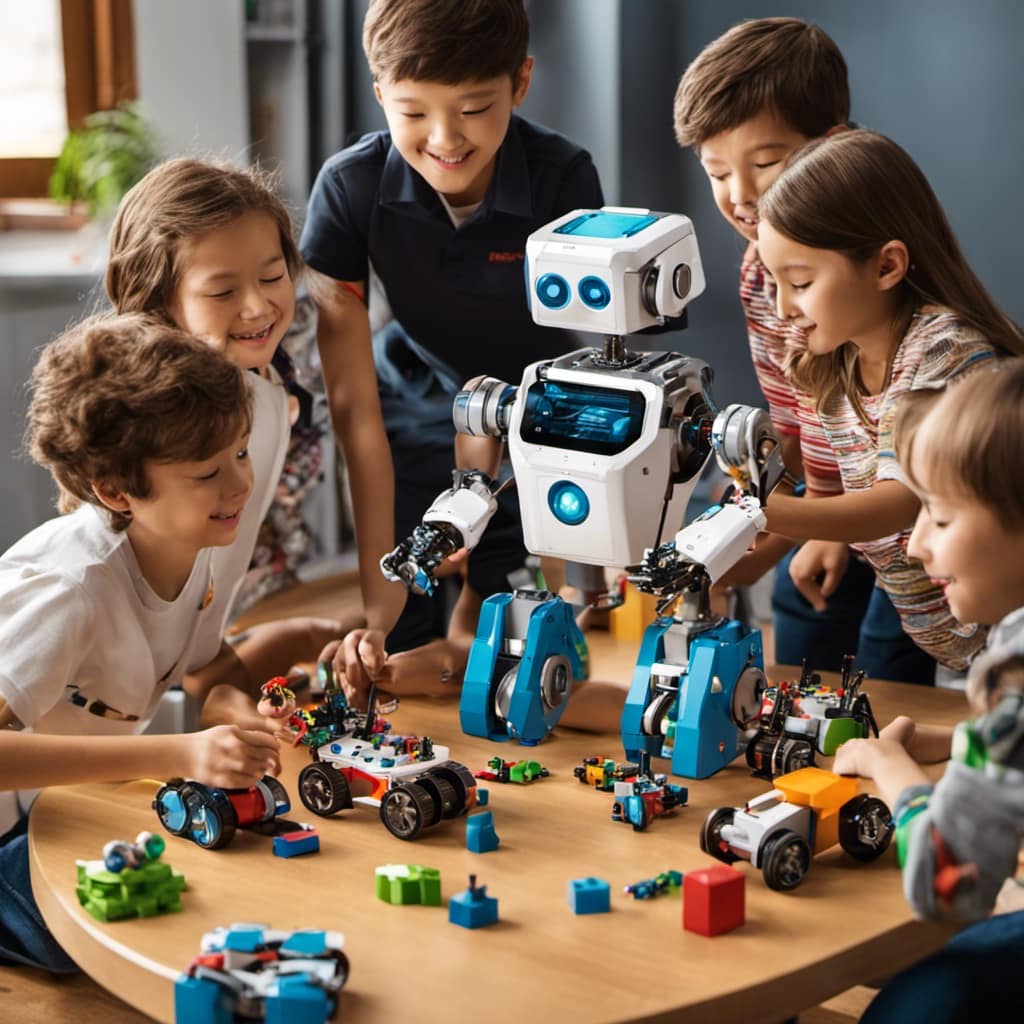
From this data, I can identify areas of strength and areas that may require additional support. Utilizing this information, I am able to tailor my instruction to ensure that it is individualized and meets the specific needs of each child.
This approach allows me to provide targeted support and guidance, maximizing their learning potential. By analyzing behavior and using observation data, I can create a classroom environment that fosters growth and development for every child.
Frequently Asked Questions
How Do Different Child Development Theories Contribute to Our Understanding of Child Growth and Development?
Different child development theories offer valuable insights into child growth and development. They influence parenting styles and impact educational practices. Understanding these theories helps us recognize and support children’s needs, abilities, and potential.
What Are Some Examples of Specific Physical, Cognitive, Social, and Emotional Developmental Milestones in Each Stage of Child Development?
In each stage of child development, there are specific physical, cognitive, social, and emotional milestones. For example, in infancy, crawling and babbling are physical milestones, while object permanence is a cognitive milestone.
How Does Play Contribute to the Development of Language Skills in Children?
Play is crucial for language development in children. Through play, children engage in imaginative scenarios and use language to communicate and create narratives. This fosters vocabulary expansion, grammar skills, and enhances overall communication abilities.
Can You Provide Some Examples of How Observation Data Can Be Used to Tailor Teaching Strategies for Individual Children?
Observation data allows me to tailor teaching strategies for individual children. By understanding their preferences, abilities, and areas of concern, I can adapt my approach to meet their unique needs and support their development.

What Are Some Advantages and Disadvantages of Using Standardized Tests as a Data Collection Method in Child Development Research?
Some advantages of using standardized tests as a data collection method in child development research are that they provide objective and quantifiable data. However, disadvantages include the potential for bias and limited scope in assessing all aspects of child development.
Conclusion
In conclusion, understanding child development stages, the importance of play, and the role of observation is essential for educators and parents alike.
Just as a caterpillar transforms into a beautiful butterfly, children go through various stages of growth, each with its own unique characteristics and milestones.
Play acts as the colorful thread that weaves together cognitive, social, emotional, and physical development, allowing children to explore, create, and learn.
Through careful observation, we can unlock the secrets of a child’s inner world, tailoring our teaching strategies to their individual needs.
Let us embrace the wonders of child development and guide our little ones towards a future filled with endless possibilities.
